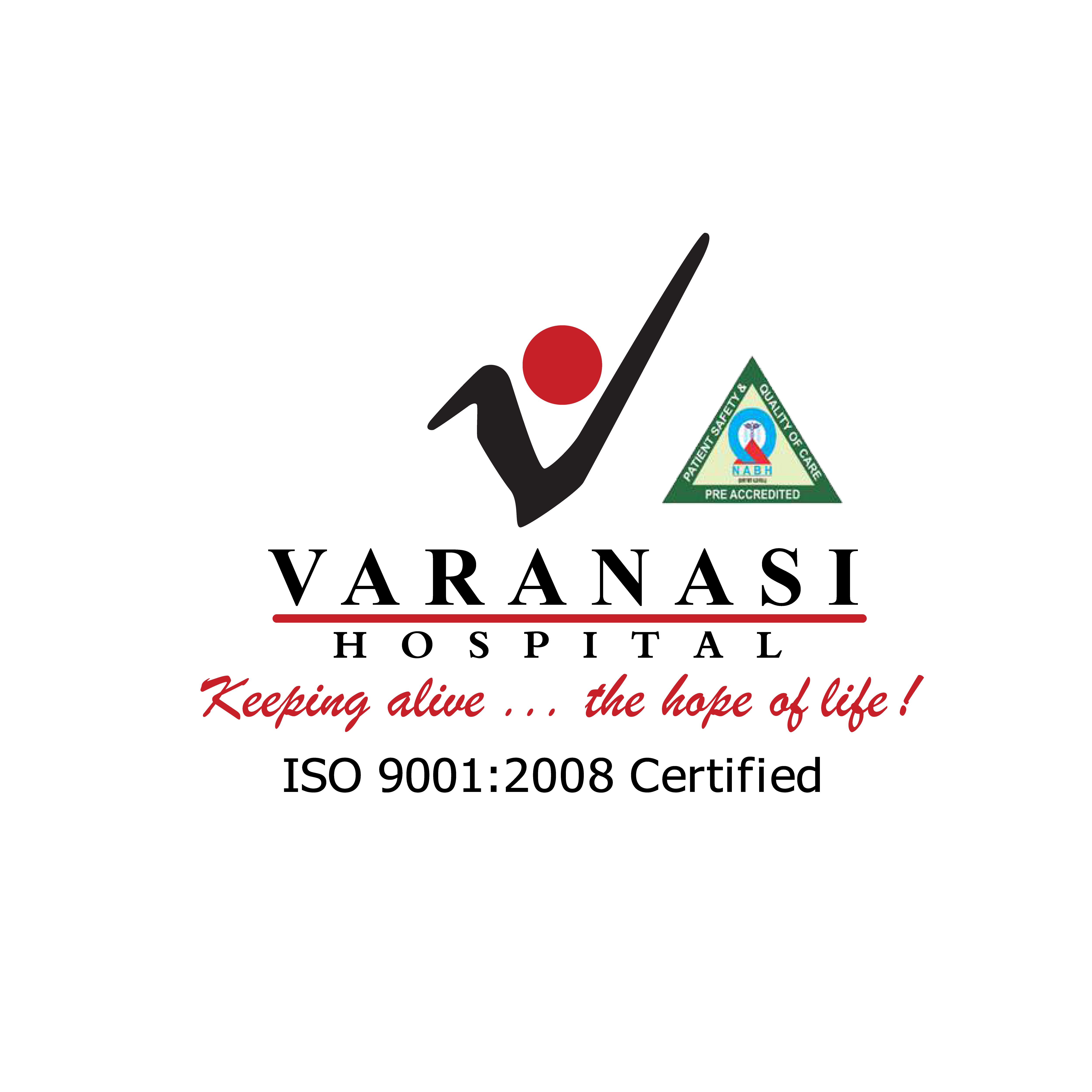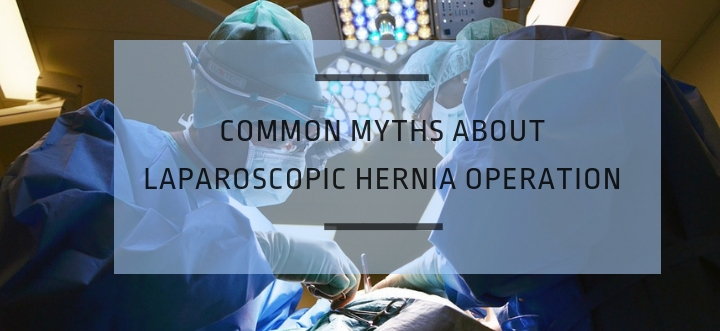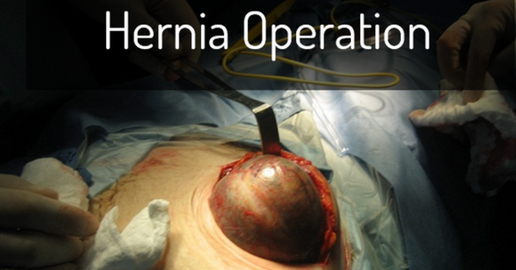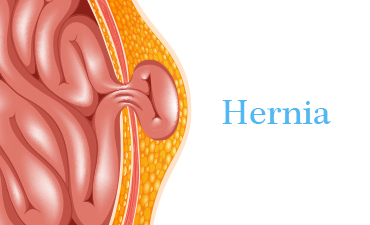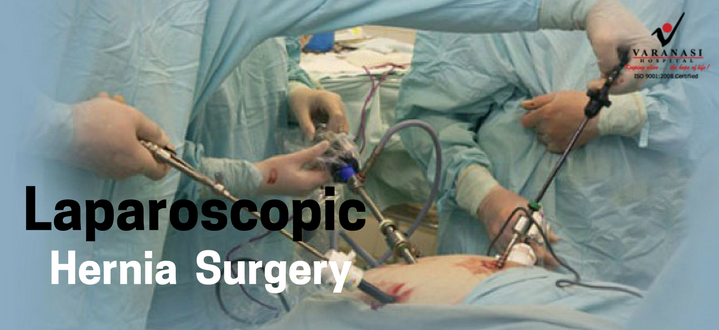Busting 4 Common Myths About Laparoscopic Hernia Operation
With the advent of digitization in the world of healthcare, many surgical processes have become advanced. Laparoscopic Hernia Operation is one such area. However, with time various myths have come into picture which has made people skeptical about laparoscopic hernia repair. So, without any further delay, let’s separate the prevailing myths from facts.
#Myth 1 – It is not safe
The very first myth that is common among people is that laparoscopic surgeries are not safe. The matter of fact is that if something is not safe, then how come it has been offering impressive results worldwide. Today, most of the advanced countries across the world are using a Laparoscopic approach where the invasion is minimal, and patients heal up to 150% faster as compared to open surgery. The surgery offers prime safety with respect to its approach as surgeons get a clear insight into the patient’s body with the help of a camera.
#Myth 2 – The mesh may shift
We all know that there is a mesh placed in the torn area so that the cavity is restricted in its original area. However, many believe that when a mesh is placed through a laparoscopic approach, it tends to move away from its original place. The allegation is nothing less than a rumor. May it is an open surgery or a laparoscopic surgery, the method of placing a mesh remains the same. Hence, do not get distracted when someone claims that the mesh shifts from its original position.
#Myth 3 – It is Expensive
Take into account, the cost of open surgery, the number of days that you need to spend in the hospital for recovery and the number of medicines that you need to take for the incision to heal. Through Laparoscopic Hernia Operation, the duration of the surgery is small, patients have been discharged from the hospital within 3-4 days from the day of operation and since the process is minimally invasive, the wound heals faster. The process is not only easier on health, but also is lighter on the pocket.
#Myth 4 – It is painful
Laparoscopic surgery involves minimum pain to the patient. It is one of the core reasons why more patients are happy to choose the laparoscopic route. Ask any patient who has undergone this form of surgery and their experience will always indicate the comfortable side.
Thus, we find that Laparoscopic Hernia Operation is a safe and reliable option for patients who are looking forward to overcoming hernia with minimum hassles.
